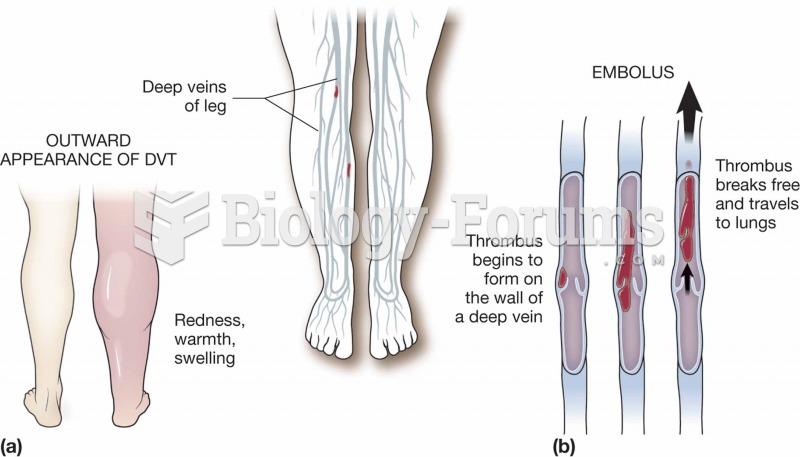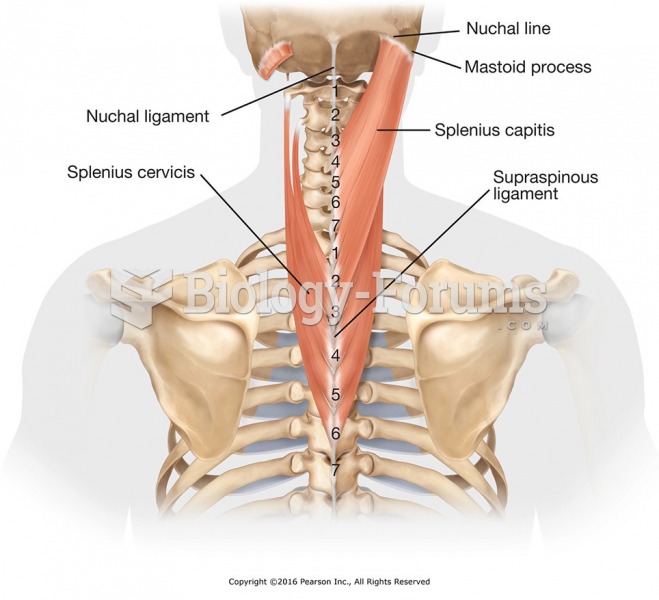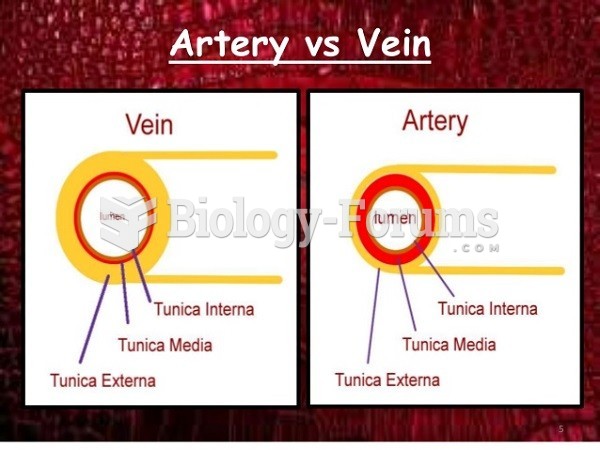Answer to Question 1
Correct Answer: 3
Rationale 1: A gastric ulcer does not increase the risk of DVT.
Rationale 2: Hypertension does not significantly increase a client's risk of DVT.
Rationale 3: Surgery of the lower extremities, especially knee and hip replacements, are common causes of DVT.
Rationale 4: Pneumonia is not a risk factor for the development of DVT.
Global Rationale: Surgery of the lower extremities, especially knee and hip replacements, are common causes of DVT. A gastric ulcer does not increase the risk of DVT. Hypertension does not significantly increase a client's risk of DVT. Pneumonia is not a risk factor for the development of DVT.
Answer to Question 2
Correct Answer: 4,5
Rationale 1: The medication is only given intravenously or intramuscularly now, but it was once also an oral medication.
Rationale 2: Procainamide is no longer available in a dosage form that can be taken at home.
Rationale 3: Procainamide is given for ventricular arrhythmias.
Rationale 4: Procainamide is now considered the drug of last choice for advanced cardiac life support due to its toxicity.
Rationale 5: Procainamide has a narrow therapeutic index, and dosage must be monitored carefully to avoid serious adverse effects.
Global Rationale: Procainamide is now considered the drug of last choice for advanced cardiac life support due to its toxicity. Procainamide has a narrow therapeutic index, and dosage must be monitored carefully to avoid serious adverse effects. The medication is only given intravenously or intramuscularly now, but it was once also an oral medication. Procainamide is no longer available in a dosage form that can be taken at home. Procainamide is given for ventricular arrhythmias.







